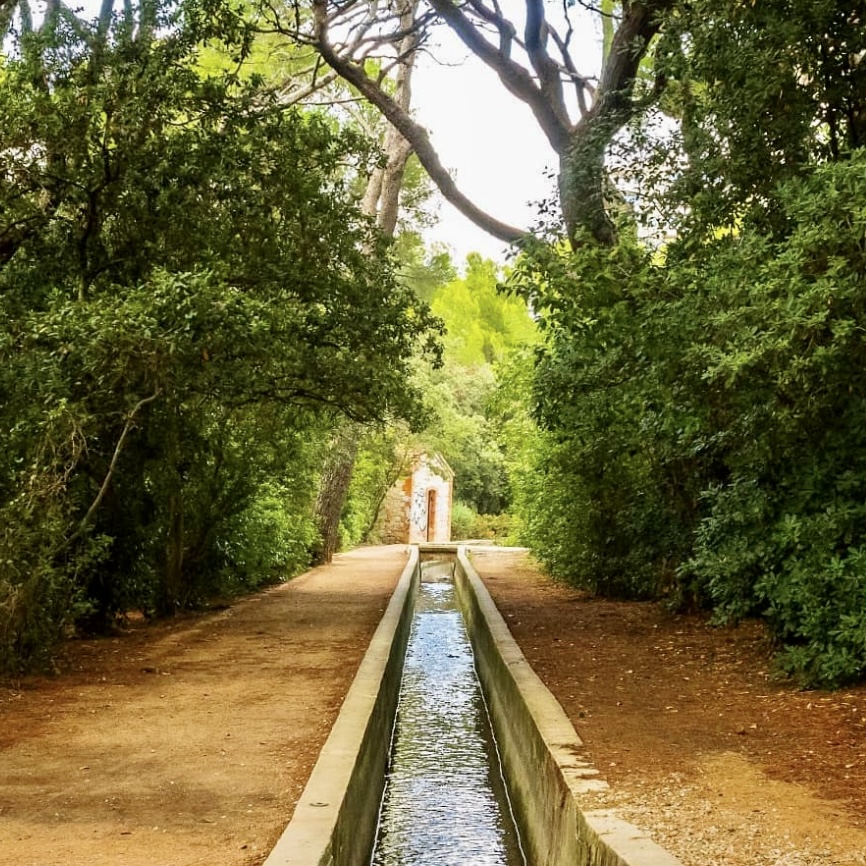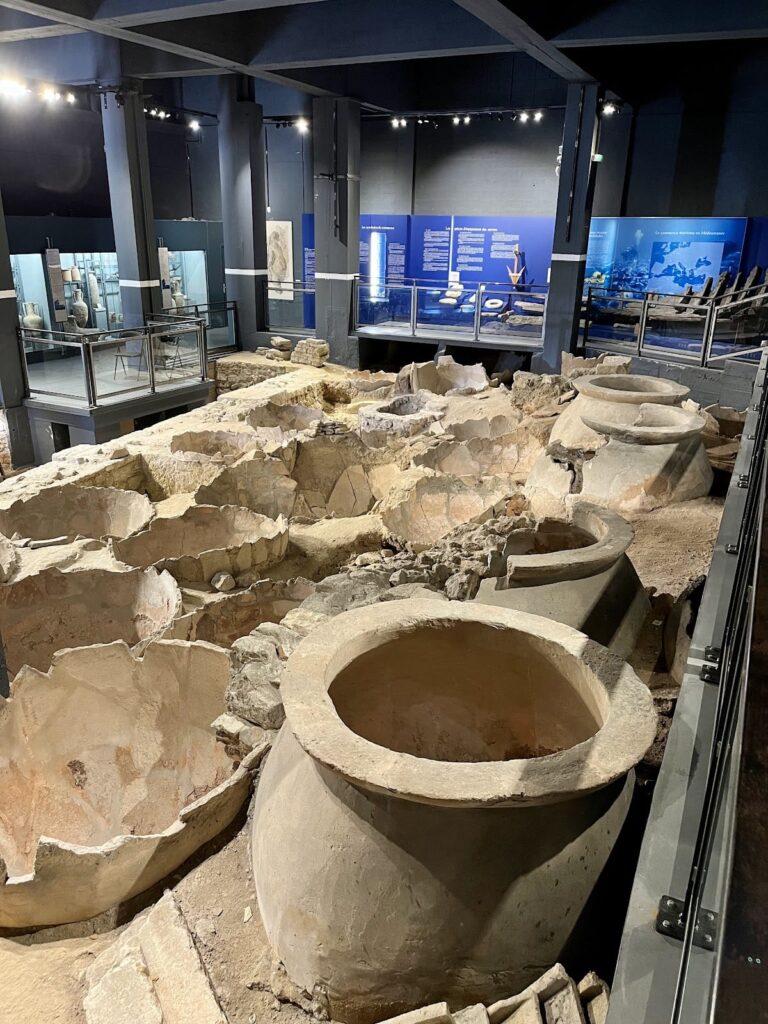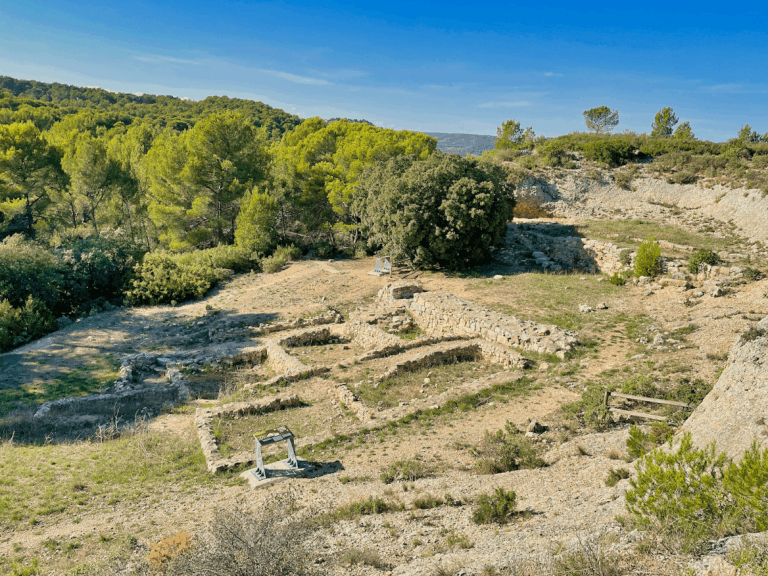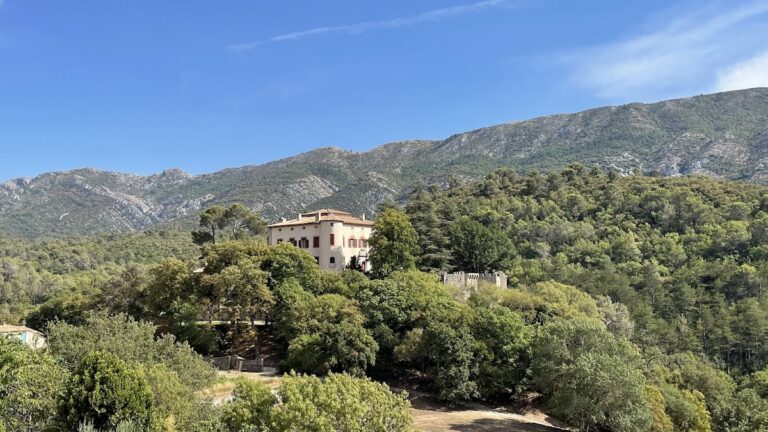Château Pastré: A 19th-Century Estate and Cultural Landmark in Marseille
Visitor Information
Google Rating: 4.4
Popularity: Low
Google Maps: View on Google Maps
Official Website: www.tourisme-marseille.com
Country: France
Civilization: Unclassified
Remains: Military
History
Château Pastré is situated in the Montredon district of Marseille, France, and was established in the 19th century by the influential Pastré family, renowned Marseille shipowners and merchants. The estate reflects their wealth and social prominence in the region during this period.
Between 1845 and 1865, the Pastré family acquired approximately 120 hectares of land in Montredon to create a large country estate. On this property, they constructed three residences, with Château Pastré, originally known as Château de Montredon, being the largest. Designed by the Parisian architect Jean-Charles Danjoy, the château was completed in 1862. It served primarily as a venue for hosting grand social events, accommodating the family’s role in Marseille’s elite circles and their maritime commercial success.
The Pastré family included notable individuals such as Ange André Pastré, who was honored with the title of Roman Count, reflecting the family’s elevated social standing. His son, Jean Pastré, gained recognition as an Olympic polo player, highlighting the family’s engagement in prominent sporting and social activities. During the difficult years of World War II, Countess Lily Pastré transformed Château Pastré into a sanctuary for artists and Jewish refugees escaping Nazi persecution. Despite parts of the estate being under German control, she organized musical performances and cultural gatherings, providing refuge and support in a time of hardship.
Following the war, the estate changed hands, with the city of Marseille purchasing the château and its surrounding lands intermittently between 1966 and 1987. Recognizing its cultural value, restoration efforts led to the château’s reopening in 1995 as the Musée de la Faïence de Marseille, a museum dedicated to faience, or tin-glazed pottery. The museum displayed an extensive collection of over 1,500 ceramic pieces that traced 7,000 years of history. After operating as a museum until 2013, the château’s grounds, known as Campagne Pastré, were preserved as a public park. These grounds encompass formal gardens alongside natural landscapes and form part of the Calanques World Heritage Site. As of 2021, plans were underway to repurpose Château Pastré once again, this time as a center for artistic development and cultural events.
Remains
Château Pastré stands as a distinguished example of a 19th-century Provençal bastide, a type of country house typical of the south of France. The building has a rectangular layout composed of two main floors topped by an attic story, creating a substantial three-level structure. Its exterior walls prominently feature pink bricks made in Marseille combined with pale stone sourced from Arles. This combination lends the façade an elegant and warm character, reflecting regional architectural traditions.
The château’s design includes a notable rounded central section that projects slightly outward, positioned between two end pavilions along the front of the building. Large windows dominate the elevations, carefully situated to look out over the estate’s expansive parkland lying between the Marseilleveyre hills and the Mediterranean coastline. This arrangement was intended to enhance both the interior lighting and the visual connection with the natural surroundings, supporting the château’s role in hosting social gatherings.
Surrounding the main residence is the park, stretching across roughly 120 hectares. Within this area, about 12 hectares have been formally landscaped with lawns and woodland areas, punctuated by two artificial lakes that contribute to the estate’s serene environment. Statues punctuate the grounds, while a central avenue, extending more than 900 meters in length, provides a grand approach directly to the château’s entrance. The landscaping combines structured garden elements with natural vegetation, allowing the park to function both as a cultivated space for leisure and as a preserved natural area incorporated into the larger Calanques World Heritage Site.










